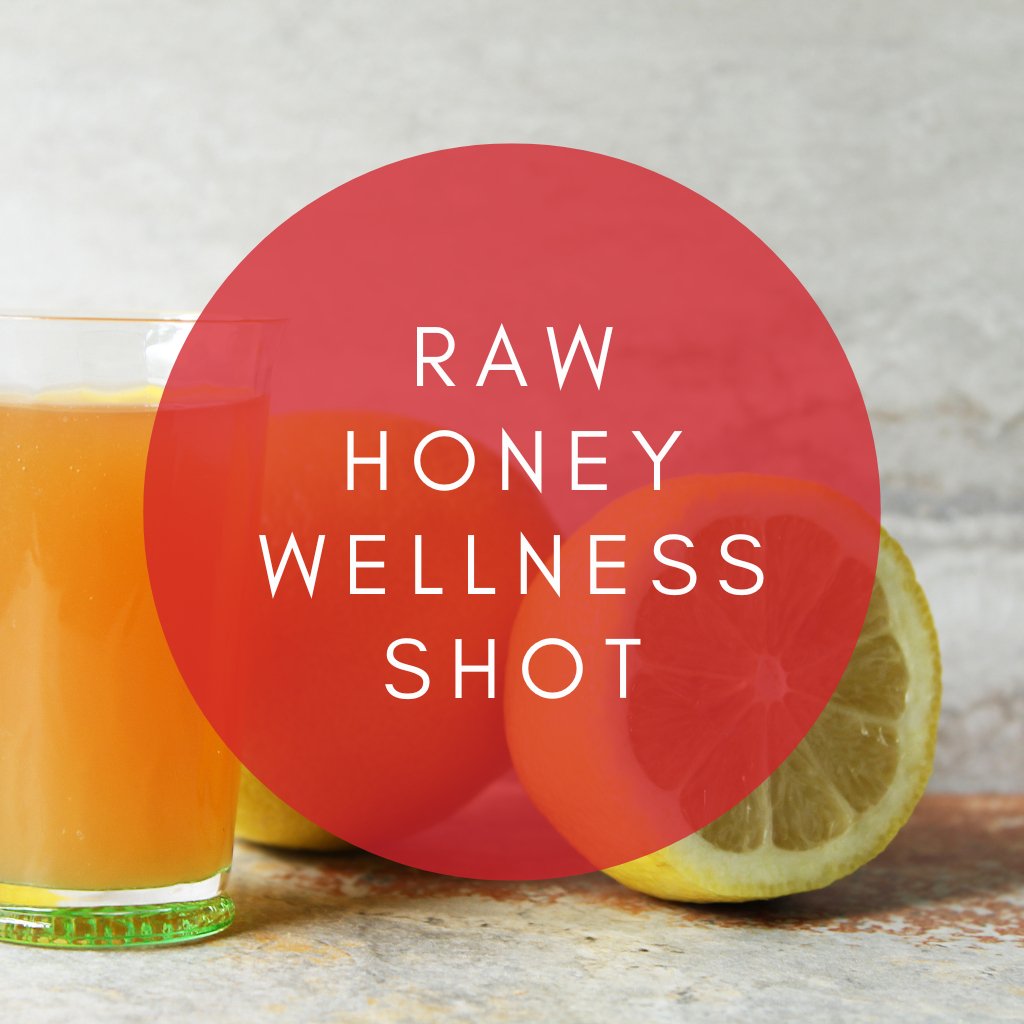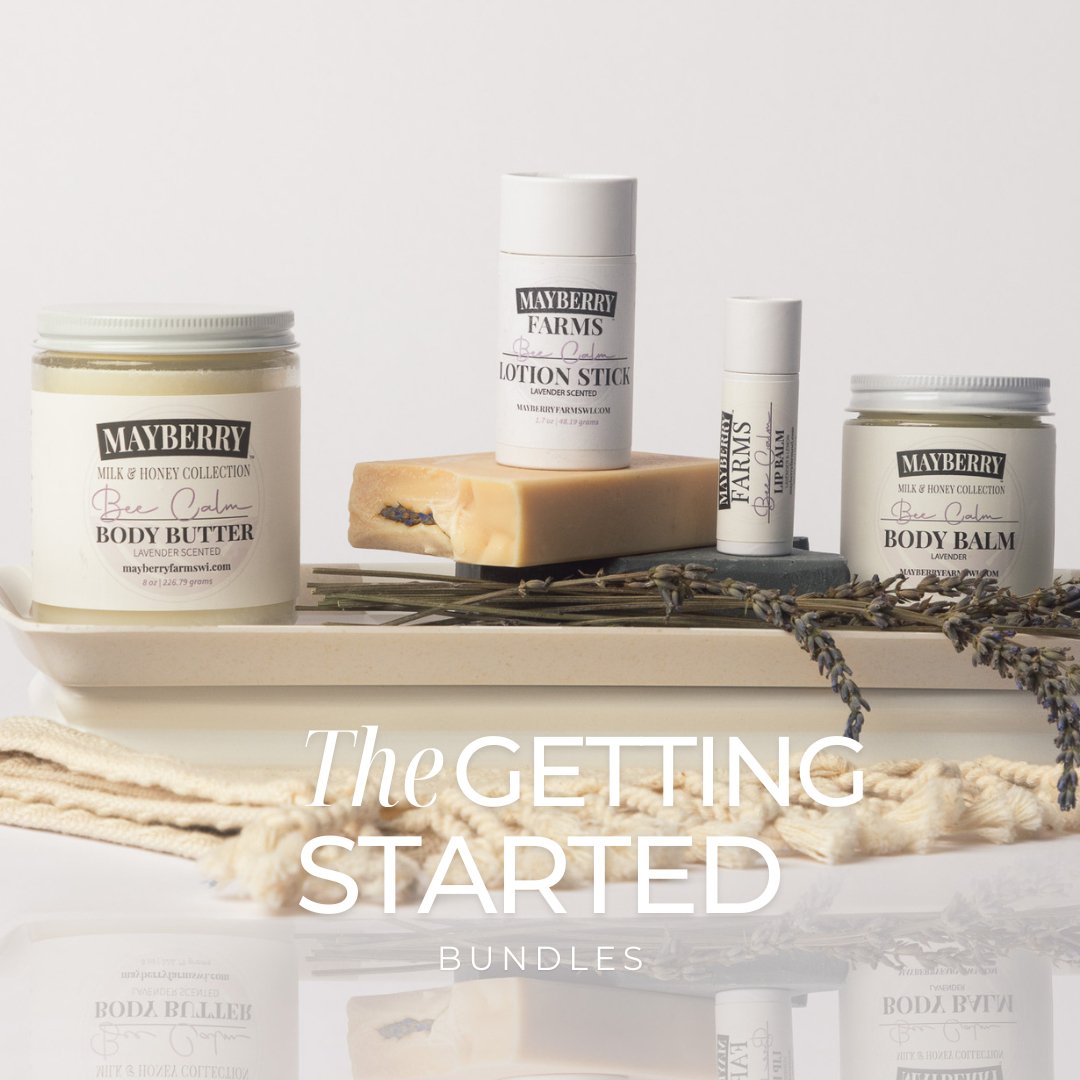The Complete Beginner’s Guide to brewing JUN tea at home using raw honey.
Welcome to the complete beginner’s guide to brewing JUN tea at home using raw honey.
Today, we're going to tackle brewing your own JUN tea at home using raw honey!
You and I know kombucha, or fermented tea is great for your digestion and tastes great, but brewing at home can seem vast and complicated. However, I will do my best to make the process of brewing your own JUN tea with raw honey accessible and doable.
In this step-by-step guide, I’m going to show you how to brew your own JUN tea at home in a way that is completely doable, without big lingo and confusion so you can follow through all the way and enjoy delicious JUN tea while saving money.
Once you’re done with this guide, you will be able to brew your own JUN tea at home, saving you loads of money so you can start drinking a healthy, fermented beverage daily.
If you have any questions as you’re going through it, you can reach me here danielle@mayberryfarmswi.com and I’ll do my best to answer them.
Click here to get a FREE JUN tea SCOBY (symbiotic culture of bacterial yeast) now >>
Table of Contents
Overview and definition time
Beginner steps to JUN tea success
Step 1. Get a JUN culture or SCOBY (Symbiotic Culture of Bacteria Yeast), green tea and raw honey
Step 2. Start brewing your first batch of JUN tea
Step 3. Customize your flavorings
Key Takeaways
Overview and Definition Time: What is JUN tea?
What is JUN tea exactly?
You may be coming from my blog post on the benefits of raw honey over here but found yourself pretty lost among the jargon.
You've come to the right place because I’m about to break things down so they’re clear and understandable.
In the most basic terms, it is a fermented beverage made with green tea and raw honey. Got it so far?
Let's kick that up a slight notch; JUN tea is similar to kombucha except brewed with raw honey instead of granulated sugar.
We can take it up to an even higher level, The JUN Culture produces a brew that resembles a Kombucha SCOBY, but it naturally harmonizes with the microorganisms found in raw honey. As a result, JUN brews are lighter, smoother, and more refreshing, with floral notes and a pleasant fizziness. Interestingly, due to the high sugar and nutrient content in honey, JUN can even be more effervescent than its counterpart, earning it the charming nickname "Champagne of Kombucha."
Do you see how they are similar?
JUN is a unique culture that is distinct from Kombucha, although there may be potential connections between them. When it comes to caring for JUN Cultures and following the basic recipe instructions, Kombucha and JUN share many similarities. Therefore, a lot of the information about Kombucha is also applicable to JUN Tea. For instance, both Kombucha and JUN rely on the Acetobacter bacteria family, which plays a key role in forming the SCOBY composed of bacterial cellulose. While some individuals claim that JUN lacks yeast, it is important to note that yeast is ubiquitous and can be found everywhere.
Still with me? Let's move on to the steps that will get you on your way.
Beginner Steps to Brewing JUN Tea at Home Success
The definition of JUN tea showed you where you're going, but now it's time to get out the map and point you in the right direction.
Step #1. Get a JUN culture or SCOBY (Symbiotic Culture of Bacteria Yeast), green tea and raw honey
An essential first step in brewing your own JUN tea at home is to get a genuine JUN culture, also referred to as a SCOBY. You will also need green tea and raw honey.
This is because JUN is exclusively brewed with RAW honey, meaning it is unpasteurized. When regular sugar is used, it can result in an unpleasant odor in the brew due to unhealthy yeast and potential mold growth. In contrast, Kombucha can be made with various sugars, including pasteurized honey.
Without a SCOBY made to grow using raw honey, you are in danger of unsatisfactory flavors, stunted SCOBY growth, and the risk of mold.
We’ve put together an entire kit for you to get started! Go here to sign up for a JUN tea subscription and you’ll get a FREE Jun tea culture to start brewing right away!
Some key things that will help you with brewing your own JUN tea:
- Two - 1 gallon glass jars - available on amazon here OR at the ACE Hardware store in Mayville. You’ll want one to brew in and another to store your extrac JUN cultures as they reproduce
- Swing top glass bottles to store your fermented beverage in - also available here or again checkout ACE Hardware in Mayville
- Distilled water
- Pot or electric kettle
- Stirring spoon
- Tight weave cloth cover (no cheesecloth) and rubber band
Do you know how to get started now? Time to pat yourself on the back; you're on your way to becoming a JUN tea brewing superstar!
Step #2. Start brewing your first batch of JUN tea
Everything feels easier after your first step because it's hard to get going and commit to doing something new.
Next up, you have to learn how to brew your first batch of JUN tea using raw honey.
That will give you a better idea of how the process works and you’ll develop your own routine overtime.
- Boil 4 cups (1 liter) of purified water.
- Add hot water & tea to pot or bowl (I like to use a measuring cup).
- Steep 7-15 minutes, then strain tea.
- Add 10 cups of purified water to brewing vessel then combine tea.
- Pour in 1 cup of raw honey and stir until dissolved
- Check to make sure the sweet tea is body temperature or below. A clean finger is the perfect tool!
- Once it is, add SCOBY and starter liquid.
- Cover with cloth cover and rubber band or a custom brewer cap.
- Place the container in a warm, ventilated area out of direct sunlight for 7 days (depends on taste). 70-80°F (21-27°C) is the best range..
- After 4-7 days your Jun tea is ready to drink or flavor.
Need a video? Checkout https://youtu.be/NWxMLeBIJN8?si=hHSokpKaRUx3yAEV
If you need an extra helping hand with this step, just shoot me an email to danielle@mayberryfarmswi.com
Step #3. Customize your flavorings
At this point in learning how to brew your own JUN tea at home, you have an idea about how to get started. What's left for you to do?
I know you're probably ready to be done with these steps and get sipping your own JUN tea.
I completely understand but there are still a few more steps, and you want to go all the way so hang in there with me.
The next step after the initial brew is to flavor your JUN tea.
Here's how to do this:
- Flavorings are added only AFTER the primary fermentation brewing cycle – this is to protect the mother culture.
- A little bit goes a long way. Start with ¼- ½ tsp of flavoring per 16oz bottle, then increase or decrease as desired.
- Allow the bottle to condition outside of the fridge for 24-36 hours. Remember, carbon dioxide may build up during this period, so store your bottles in a cooler, box or burp them to prevent explosions.
Here are some of our favorite ways to flavor our home brewed JUN tea!
Strawberry Ginger
½ tsp fresh or dried ginger, chopped
2 Tbsp sliced or mashed strawberries or 1 Tbsp strawberry puree
*Also try substituting the ginger for basil and making a strawberry basil flavor. SO good in the summer!
Orange Blast Off Turmeric Kombucha
½ tsp of turmeric powder
1 Tbsp fresh squeeze orange juice
½ tsp of cinnamon
"Hey Danielle, is this everything I need to master brewing my own JUN tea at home?"
Yes and no, young padawan, these steps are a perfect way to get you on your way to mastering the art of at home JUN tea brewing, but we are missing out on a few key ideas, including:
- First and foremost, it is important to note that we are not medical professionals, and the following information is not intended for diagnosis or treatment purposes. JUN is simply a type of food and should be regarded as such. These statements have not been evaluated by the FDA. As JUN is a relatively recent addition to the fermentation world, comprehensive research on its specific benefits is limited. However, we can draw parallels to similar beverages like vinegar and Kombucha, which also contain similar microorganisms due to the culture formation process. Therefore, it is likely that JUN Tea shares similar digestive benefits to these beverages. Additionally, being tea-based, JUN also offers its own set of advantages, such as potential anti-cancer properties and aiding in weight loss. Furthermore, the honey used in JUN has been studied for its potential antioxidant, antibacterial, and memory-enhancing characteristics. Fermentation, in general, can also enhance the content of vitamins, nutrients, and healthy organic acids, while lowering the glycemic impact. It is worth mentioning that these benefits are largely based on theoretical frameworks. Ultimately, our philosophy is to trust your own instincts and listen to your body's feedback. If you enjoy drinking JUN and your own personal experiences validate its positive effects, then there is no harm in continuing to incorporate it into your routine.
- JUN Tea brews faster than Kombucha due to honey which provides an immediate food source for the bacteria and yeast. Unlike regular sugar, honey does not require additional processing, resulting in a shorter fermentation time. Furthermore, the additional nutrients in honey serve as fuel for the fermentation process, accelerating the brewing time. It is important to note that taste is subjective, and a well-balanced sweet and sour flavor profile indicates that the JUN is ready for harvest. In comparison to Kombucha, JUN typically reaches the desired flavor profile within 4-7 days, whereas Kombucha may take 7-10 days for a gallon batch.
- For a balanced and smoother flavor, JUN, with its faster brewing cycle, thrives at a slightly lower temperature range compared to Kombucha. The ideal range for JUN is approximately 70-80°F (21-27°C), with 75°F (24°C) being the sweet spot. It's worth noting that those who prefer a lighter brew should lean towards the cooler end of the temperature range, but brewing at 65°F (18°C) or lower can lead to mold issues. Despite these crucial differences, the brewing process for JUN shares many similarities with Kombucha.
- Contrary to some claims that a JUN Tea brew does not produce a new JUN Tea culture, it is important to note that all fermentation cultures propagate through reproduction, and JUN is no exception. While the culture may not reproduce as rapidly as a Kombucha SCOBY, this might be attributed to the shorter fermentation cycle or the potential variation in composition among different types of raw honey. If only thin layers of new JUN culture are formed, it is advisable to keep them together in order to initiate a JUN SCOBY Hotel. It is worth mentioning that if left undisturbed for an extended period, a thick JUN culture can develop in the Hotel.
Key Takeaways
I hope this complete beginner's guide to brewing your own JUN tea at home with raw honey will allow you to skip trawling the internet for hours to get all the critical information you need.
You now have all the info in one place and can get back to it quickly.
As you saw here, brewing your own JUN tea at home is an affordable solution to otherwise buying expensive fermented beverages in the store. Plus - you know just where your raw honey is coming from as long as you know your beekeeper. Do we know each other yet? If not - checkout our about us page!
From here on in, you can brew your own JUN tea at home using a culture or SCOBY, raw honey and green tea.
I created a JUN tea subscription service as a resource for people like you who want to brew their own fermented beverage at home just like me. I’ve been able to provide my own gut with nourishing fermented tea every day for the past year using the tips you can find in this beginner's guide.
Do you want to get started brewing your own JUN tea?
If you have any questions about this guide, drop me a line here danielle@mayberryfarmswi.com






